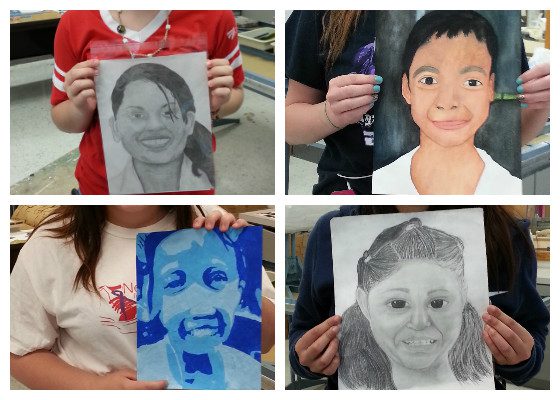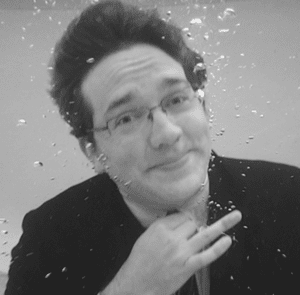As teachers, we often pay lip service to the fact that art has the power to change lives. But when do we show our students–I mean, really show them–exactly what this means? The Memory Project gives students the opportunity to create art that goes far beyond the classroom walls to affect lives all over the world. If you haven’t heard of the Memory Project, now is the time to learn. I was able to interview the organization’s founder, Ben Schumaker. What he says and does will inspire and move you.
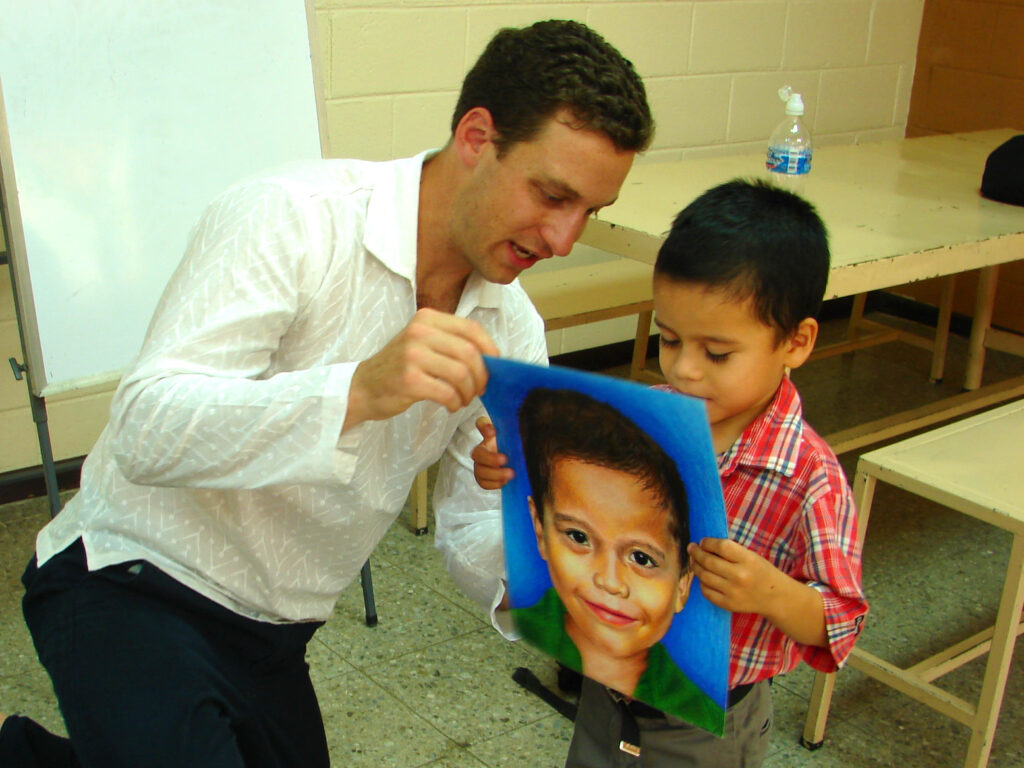
What is The Memory Project?
The Memory Project is an organization that asks students to create portraits for youth around the world who have faced substantial challenges including neglect, abuse, loss of parents, and poverty. Students receive photographs of the children. They have the opportunity to create portraits of those children which are delivered by the Memory Project. Ben says, “I really want the project to promote kindness, international friendship, and care on a pure human-to-human level that transcends poverty and privilege.” But how did this opportunity come about?
How Did the Memory Project Come to Be?
The Memory Project wasn’t always Shumaker’s full-time job. In fact, it began when he was without a job, volunteering at an orphanage in Guatemala. He wasn’t exactly happy, nor was he sure what he wanted to do with his life. A single conversation changed things. “One day I happened to have an encounter with a Guatemalan man who had grown up in an orphanage himself, and he just happened to mention how he didn’t have any photos or other keepsakes from his childhood,” Ben said. The man suggested Shumaker develop the photos, then send them back to the orphanage so the kids could have some kind of a keepsake–something to call their own. “That really struck me very deeply,” Ben said, “because it was an entirely different ‘need’.”
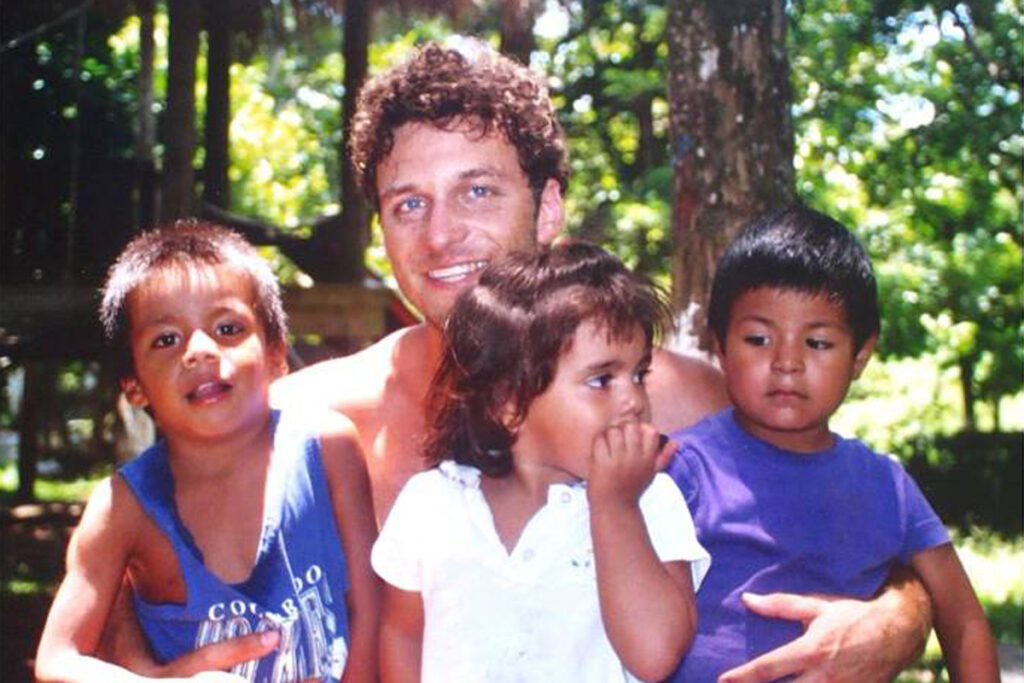
Shumaker thought more about this “need.” It went beyond basic needs such as nutrition and health care. This need was not more important, necessarily, but it was perhaps more meaningful. Ben thought he could help fill the need for keepsakes and memories for the children with whom the was working, and soon after, the Memory Project was born. Shumaker began talking to teachers, contacting orphanages, and figuring out the logistics to create and deliver the portraits. The operation grew slowly, with Ben running things in his free time. For the first couple of years, the setup seemed to work well. Things changed, however, when Katie Couric broadcast a story about the Memory Project during her first night on the CBS Evening News.
The Memory Project Takes Off
Couric’s exposure encouraged involvement from teachers around the country, and Shumaker quickly found himself with a new full-time job. The project has grown every year of its existence, and Ben couldn’t be happier. “I would call it more of a lifestyle than a job,” he said. “I could never imagine doing anything else.” Most importantly, though, he wants everyone to remember that the Memory Project is a nonprofit organization–not a business. “People sometimes naturally assume that when they learn that we request participation fees of $15 per person, but really that is just the only way we have to get enough funding to pay for all of the expenses. Any money left over is used to make financial donations to kids who receive the portraits.” You can check out a video of children receiving portraits below.
http://youtu.be/30FVFfEgp4g
Getting Your Students Involved
Keeping the Memory Project as a nonprofit, educational, and charitable initiative is of paramount importance to Ben. When the students in my art program participated in the project, the experience was remarkable. They loved creating portraits, and going through the process was deeply meaningful for many of them. With a group working on these portraits, our entire art program felt energized with something new, something unique, and something that had a purpose.
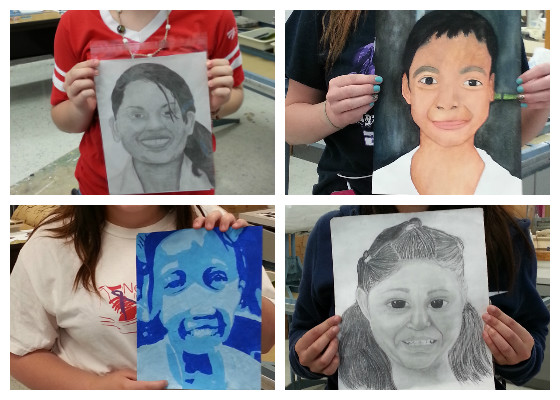
This project is one every program should try. No matter what hurdle you foresee–the fees, the timing, the logistics–Ben will work with you to figure out a solution. It is an incredible chance for students to be involved with something that reaches far beyond the classroom walls. Give your students the opportunity to change someone’s life for the better.
Have you and your students participated in The Memory Project? How was your experience?
What other types of service learning projects have you done?
Magazine articles and podcasts are opinions of professional education contributors and do not necessarily represent the position of the Art of Education University (AOEU) or its academic offerings. Contributors use terms in the way they are most often talked about in the scope of their educational experiences.
